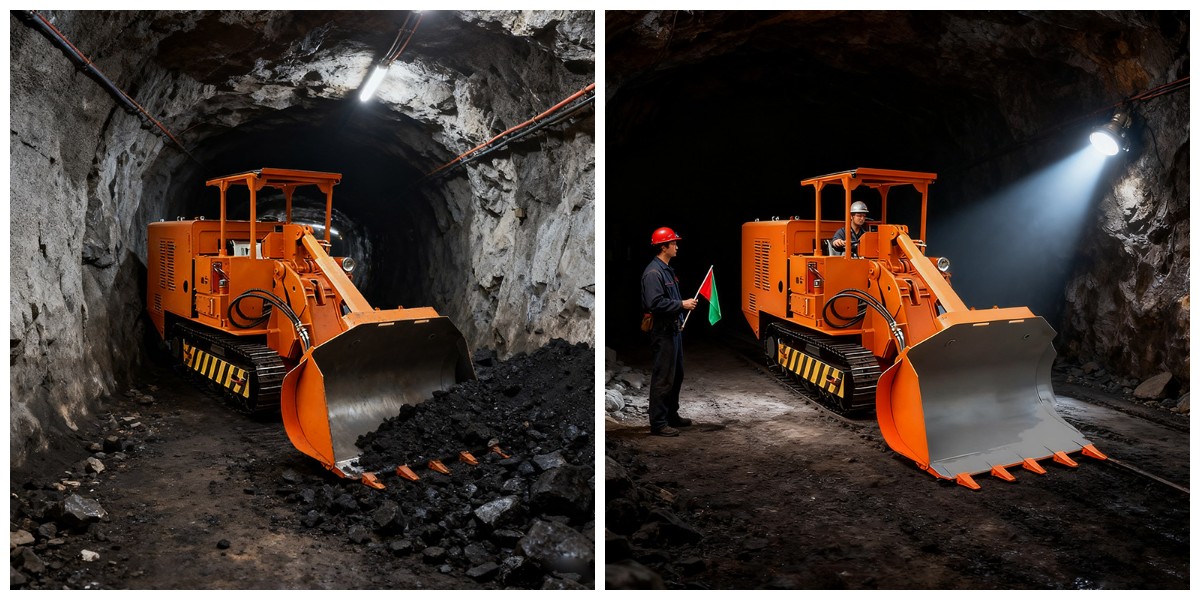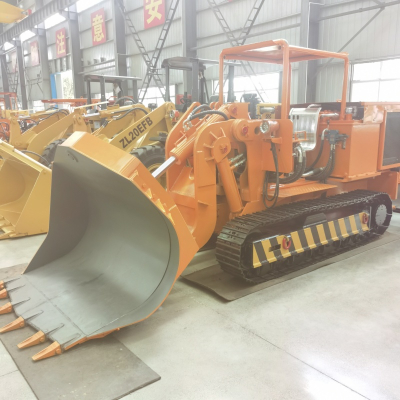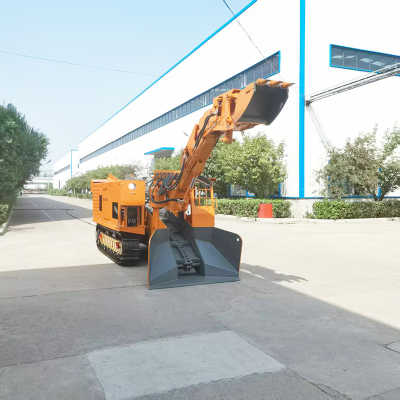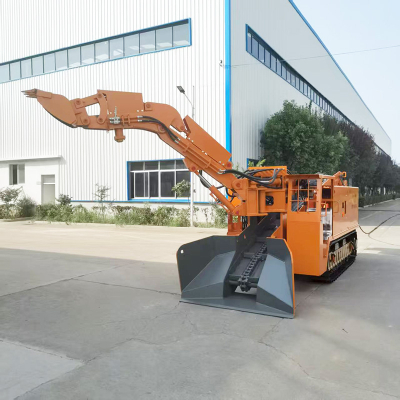Buying Guide: Choosing the Right Mining Side Dump Loader
Let's cut through the noise. You're not just buying another piece of equipment; you're making a multi-year commitment that will either haunt your balance sheet or become the backbone of your production. Selecting the right Side Dump Loader is a high-stakes game where standard equipment specs won't cut it. This machine, specifically a Mining Side Dump Loader, operates in the trenches—literally. It’s built for environments where stability and precision dumping are non-negotiable. I’ve seen operations transformed by the right choice and crippled by the wrong one. This guide walks you through the critical, often-missed decision points to ensure your investment pays off, day after grueling day.
1. The Terrain Tells You Everything: Matching Machine to Ground Conditions
Forget the glossy brochure for a minute. Your first and most crucial consultant is your site itself. The ground conditions dictate the fundamental type of Side Dump Loader you need. Get this wrong, and you'll be fighting a losing battle against downtime and repair costs.
Here’s the reality check you need to perform:
Soft, Sloppy, and Unstable Ground: If your pit floor turns to soup after a light rain or you're working in soft overburden, you're in crawler country. A Crawler Side Dump Loader is your only sane choice. Its tracks spread the machine's immense weight over a massive area, creating a ground pressure that's a fraction of a wheeled machine's. I've watched wheeled loaders sink to their axles while a crawler-based unit just kept working, its tracks gripping and floating where tires simply dug graves. This isn't about convenience; it's about continuous operation when it matters most.
Hard, Abrasive, and Rocky Surfaces: On compacted, rocky terrain, the conversation changes. Wheeled models can become a consideration, but don't dismiss a Crawler Side Dump Loader outright. The tracks are incredibly durable and immune to the catastrophic, explosive tire failures that can shut down a wheeled machine instantly. The calculus here involves weighing the consistent, predictable wear of an undercarriage against the volatile risk of tire damage.
The Dump Zone Dynamics: This is the "side dump" part of the equation. Where and how are you discharging material? If you're working on a narrow bench, dumping into a confined crusher feed, or building a layered stockpile, the lateral discharge of a Mining Side Dump Loader is a game-changer for precision. But you must match the machine's specific dump height and reach to your target. I recall a operation that bought a machine without checking this; it couldn't reach high enough to dump into their crusher, creating a costly bottleneck they never anticipated.
2. Under the Hood: Powertrain and the Undercarriage Grind
This is where you separate the marketing fluff from the mechanical truth. The powertrain and undercarriage are the soul of the machine, determining its appetite for fuel and your wallet.
Powertrain: More Than Horsepower
Look, everyone talks about horsepower, but it's the torque curve and drive system that do the work. For the brutal, stop-start cycle of a Side Dump Loader, low-end torque is king. A diesel-electric system, for instance, can deliver massive torque from a standstill, perfect for getting a loaded bucket moving efficiently. It also simplifies the drivetrain, removing complex transmissions that are prone to failure. But it's not for everyone. A traditional mechanical drive might be simpler for your maintenance crew to handle. You need to ask: What is the fuel consumption at peak load? How does the emission system impact performance and require regeneration? These aren't minor details; they're daily operational realities.
Undercarriage: The True Cost of Doing Business
If you opt for a Crawler Side Dump Loader—and for many of you, you should—the undercarriage is your primary wear item. Don't just nod along when the sales rep mentions it. Get gritty with the details.
Is it a sealed and lubricated track system? This dramatically extends life by keeping abrasive grit out of the pin-and-bushing joints.
What is the expected service life in hours for the rollers, idlers, and chain? Get it in writing. Compare the cost of a full undercarriage rebuild kit across different brands.
For wheeled models, the tire conversation is a nightmare waiting to happen. A single, giant radial tire can cost as much as a new truck. You must factor in tire protection chains or foam fillings, which add weight and cost but are often essential. The "tyre tax" on a wheeled Mining Side Dump Loader is a relentless, unpredictable expense that a crawler model simply avoids.
3. The Real-World Math: TCO and the Dealer Lifeline
The final decision isn't about which machine has the shiniest paint. It's a cold, hard financial calculation based on Total Cost of Ownership (TCO) and the support system behind it.
Running the TCO Numbers
The purchase price is just the entry fee. The real cost is hidden in the machine's daily life. You need to model:
Fuel and Fluids: Get real-world consumption data, not ideal-world spec sheet numbers.
Scheduled Maintenance: Compare the service intervals and the labor and parts cost for 1,000, 5,000, and 10,000-hour milestones.
Uptime: This is the magic number. A machine that costs 10% less but is down 5% more is a net loss. A reliable Side Dump Loader that's available 95% of the time is infinitely more valuable than a cheaper, problematic model.
Resale Value: Look at the used equipment market. Brands with a reputation for reliability and strong dealer support hold their value remarkably well. This isn't just an expense; it's a depreciating asset. Choose one that depreciates slowly.
Your Dealer: The Unsung Hero of Your Operation
A perfect machine with lousy support is a worthless machine. The local dealer is your lifeline. Before you sign anything, you need to vet them like a business partner.
How far is their nearest service depot and parts warehouse? Do they stock major components for your model, or will everything be on a slow boat from the factory?
Meet the lead field service technician. Are they knowledgeable? Do they have a reputation for getting machines back online fast?
Read the warranty and support contract fine print. What are the response time guarantees? A strong dealer network is an insurance policy for your six- or seven-figure investment. Don't learn this lesson the hard way when your brand-new Crawler Side Dump Loader is sitting idle for a $500 part that's three weeks out.
Choosing the right Mining Side Dump Loader demands a blend of site-specific insight, mechanical literacy, and financial shrewdness. It’s a process that rewards due diligence. By looking past the specs and focusing on how the machine will truly interact with your terrain, your maintenance budget, and your operational tempo, you can select a partner that drives efficiency and profit for years to come.





